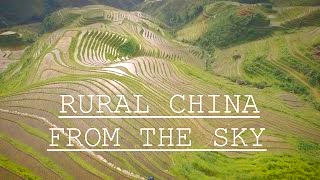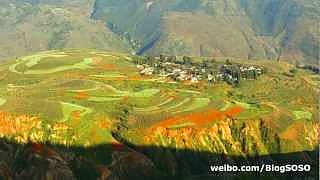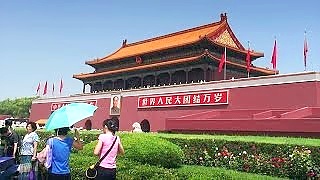
|
With EpicGlobe Walks ...
Visitor Guide to the Longji Dragon’s Backbone Rice Terraces
Introduction
The Longji Dragon’s Backbone Rice Terraces, Longsheng County, Guangxi Province, are one of the most breathtaking agricultural landscapes in the world. These terraces, which resemble a dragon’s scales, were first built during the Yuan Dynasty (1271–1368) and have been maintained by the local Zhuang and Yao communities for centuries. The terraces are a testament to human ingenuity and harmony with nature.
Best Time to Visit
The Longji Rice Terraces are stunning year-round, but the best times to visit are:
Spring (April–May): The terraces are filled with water, creating a mirror-like effect that reflects the sky and surrounding mountains.
Summer (June–August): The rice paddies are lush and green, offering a vibrant landscape.
Autumn (September–October): The rice turns golden, creating a warm, picturesque scene.
Winter (November–February): The terraces are sometimes covered in snow, offering a serene and unique view.
How to Get There
The Longji Rice Terraces are approximately 100 kilometers from Guilin. Here’s how to reach them:
By Bus: Take a bus from Guilin Bus Station to Longsheng (about 2 hours). From Longsheng, transfer to a local bus or taxi to the terraces (another 1 hour).
By Private Car: Hiring a private car or taxi from Guilin is a convenient option and takes about 2.5 hours.
By Tour: Many tour operators in Guilin offer day trips to the terraces, including transportation and guided tours.
Main Attractions
1. Ping’an Terraces
The Ping’an Terraces are the most accessible and popular section of the Longji Rice Terraces. Highlights include:
Seven Stars with Moon: A cluster of seven small rice paddies surrounding a larger one, resembling stars and the moon.
Nine Dragons and Five Tigers: A scenic spot where the terraces resemble dragons and tigers.
2. Jinkeng Terraces
The Jinkeng Terraces are less crowded and offer stunning views. Key spots include:
Golden Buddha Peak: The highest point in the area, offering panoramic views of the terraces.
Yao Minority Villages: Visit the traditional villages of the Yao people, known for their long hair customs.
Activities
Hiking: Explore the terraces on foot via well-marked trails. Popular routes include Ping’an to Jinkeng and vice versa.
Photography: Capture the stunning landscapes, especially during sunrise and sunset.
Cultural Experiences: Visit local villages to learn about the Zhuang and Yao cultures, including traditional dances and handicrafts.
Tips for Visitors
Wear Comfortable Shoes: The terrain is hilly and uneven, so sturdy footwear is essential.
Bring Layers: The weather can change quickly, especially at higher elevations.
Stay Hydrated: Carry water, especially if you plan to hike.
Respect Local Customs: Be mindful of the local cultures and traditions.
Cash is King: Many local vendors and small businesses do not accept credit cards.
Where to Stay
There are several accommodation options near the terraces, ranging from guesthouses to boutique hotels. Popular choices include:
Ping’an Village: Offers a range of guesthouses with stunning terrace views.
Dazhai Village: Known for its Yao culture and cozy lodgings.
Conclusion
The Longji Dragon’s Backbone Rice Terraces are a must-visit destination for nature lovers, photographers, and cultural enthusiasts. Whether you’re hiking through the terraces, learning about local traditions, or simply soaking in the breathtaking views, this UNESCO World Heritage Site promises an unforgettable experience.
|

 XinJiang and the Uighurs – fact and fiction
XinJiang and the Uighurs – fact and fiction





